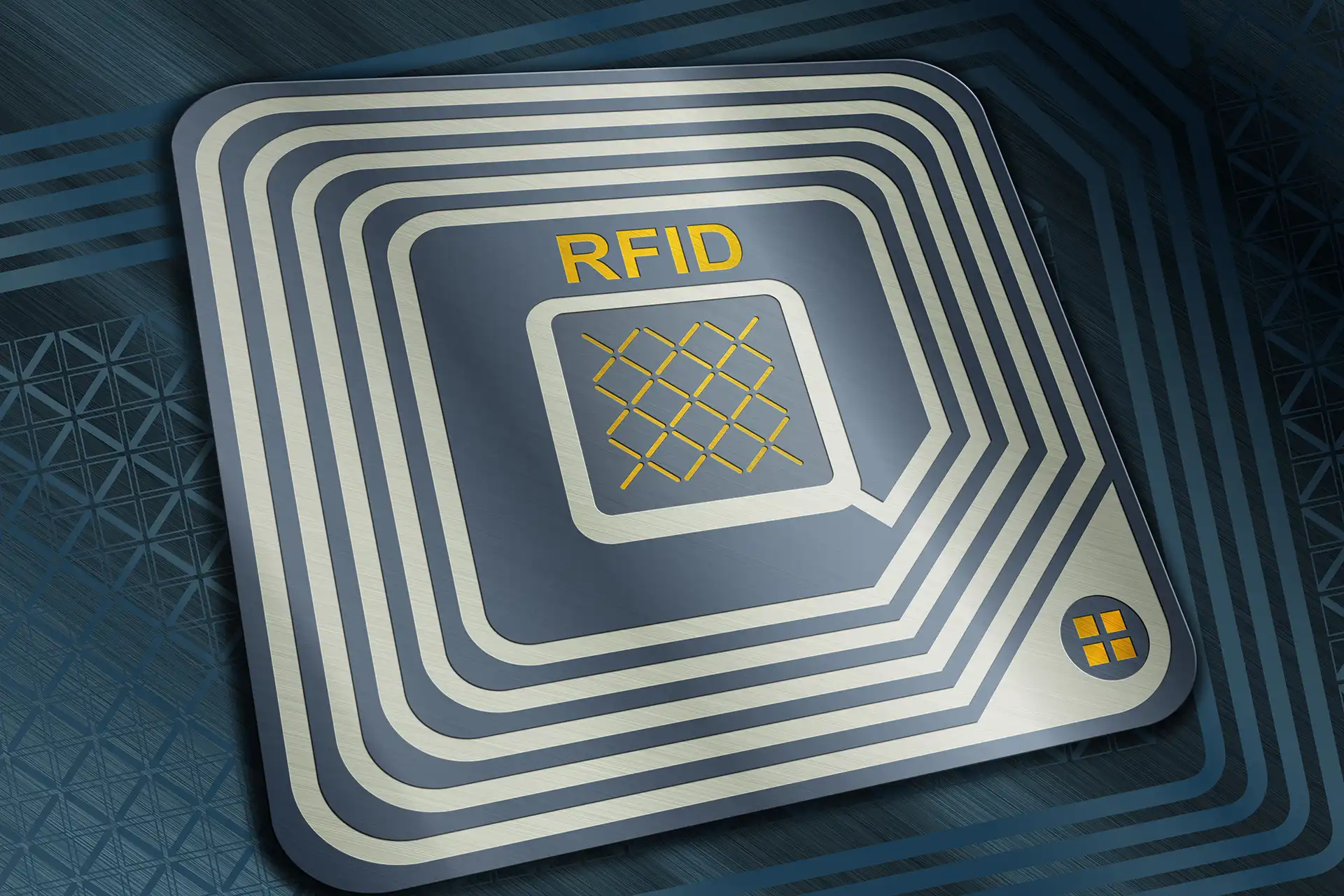Revolutionizing Warehousing: The Transformative Power of RFID Technology
Introduction
In the dynamic landscape of warehouse management, the incorporation of cutting-edge technologies is reshaping the industry. Among these innovations, Radio-Frequency Identification (RFID) technology stands out as a cornerstone for achieving unprecedented efficiency and accuracy in warehouse operations. This blog delves into the intricacies of RFID technology, exploring its principles and unveiling its manifold advantages when applied to warehouse management.
RFID Technology and Advantages in Warehouse Management
RFID Technology Principles
At its core, RFID technology operates on the principles of wireless communication. RFID tags, affixed to items, containers, or pallets, contain unique identification information. When exposed to radio frequency signals emitted by RFID readers, these tags respond by transmitting their stored data. This non-contact, non-line-of-sight communication enables swift and accurate data capture.
Click to view more explanations on Wikipedia.
A typical RFID system comprises four components: electronic tags, readers, antennas, and communication network systems, as illustrated in the diagram below.
The operational principle is as follows: when an object equipped with an electronic tag approaches the reader within a range of 0-10 meters, the controlled reader emits a microwave interrogation signal. The electronic tag, situated on the object’s surface, receives the reader’s interrogation signal, reflects it to the tag reading device, and integrates this signal with the data information stored in the tag. The reflected microwave composite signal carries the data information of the electronic tag. Upon receiving the reflected microwave composite signal from the electronic tag, the reader, after processing through its internal microprocessor, can separate and retrieve the stored identification code and other information. China has already implemented RFID technology in various fields, including railway car identification, access control and security systems, logistics management, public transportation, and production process management.
Advantages of RFID in Warehouse Management
- Real-time Inventory Tracking: RFID facilitates continuous monitoring, allowing for real-time updates on inventory levels. This dynamic tracking minimizes errors, prevents stockouts, and enhances overall inventory visibility.
- Enhanced Accuracy: The non-line-of-sight capability of RFID ensures accurate data capture, even in challenging warehouse environments where barcodes may fall short. This results in fewer errors and increased operational efficiency.
- Increased Efficiency: RFID streamlines processes by automating data collection. This leads to a reduction in manual efforts, accelerating key operations such as order fulfillment, stock replenishment, and cycle counting.
- Improved Visibility: RFID’s real-time data capture provides visibility into the movement of goods throughout the warehouse. This heightened visibility empowers decision-makers with timely information, optimizing supply chain processes.
Warehouse Management Systems Based on RFID Technology
Structure of Warehouse Management Systems
The system comprises a receiving subsystem, warehousing subsystem, inventory-checking subsystem, picking subsystem, and outbound subsystem. It is built upon multiple process modules, including receiving, warehousing, inventory checking, picking, and outbound processes. These process modules can be flexibly combined to create customized functional packages. The overall architecture of the solution is illustrated in the diagram below.
Workflow of Warehouse Management Systems
The reading heads and antennas are positioned at the warehouse gates where goods pass through. Each unit of goods is equipped with an RFID tag, and all tag information is stored in the central computer of the warehouse. Relevant information about the goods can be accessed in the computer system. During cargo operations, the management center can automatically identify and track the location of goods, enabling efficient tracking and management.
The specific workflow of the RFID-based warehouse management system is as follows:
Suppliers send advance information about incoming goods to the warehouse management system of the warehouse center, which is automatically processed to generate pre-receiving information.
Goods are placed on trays equipped with sensors, and upon entering the warehouse through the RFID reader at the entrance, relevant information about the goods is automatically input into the warehouse management system without unpacking.
The system compares actual receiving information with pre-receiving information. If there are no errors or errors that fall within the specified range, the goods are permitted for storage, and pre-receiving information is converted into inventory information. If an error occurs, the system outputs prompts for resolution by the staff.
The warehouse management system, following the optimal storage method, selects vacant storage spaces. Through the RF terminals on forklifts, it informs the drivers, guides them to the optimal path, reaches the vacant storage space, and scans the storage space code to confirm the placement of goods. After placing the goods, the system scans the electronic label to confirm storage, making it ready for future order shipments.
Upon arrival of orders at the warehouse, the warehouse management system groups and arranges them based on predefined rules. It determines how to best and timely deliver the goods according to demand, generating a picking plan in the system.
Following the picking plan, the warehouse management system assigns picking tasks. Pickers are guided by RF terminals to storage locations, displaying the required picking quantities. After scanning the electronic label and barcode of the storage location, the system confirms the accuracy of picking, and the inventory status of the goods transitions to pending outbound.
During outbound operations, similar to inbound, the RFID reader at the outbound passage inputs goods information into the warehouse management system. It compares the information with the order, and if there are no errors, the goods are smoothly released from the warehouse, and the inventory is accordingly reduced. In case of errors, the warehouse management system outputs prompts.
RFID technology’s unique capability of simultaneous data collection in large quantities, without requiring precise alignment, liberates businesses from repetitive tasks. Real-time collection, transmission, verification, and updating of large-scale inbound and outbound data through RFID systems enhance operational efficiency, accuracy, and overall productivity.
Conclusion
In conclusion, the strategic adoption of RFID technology in warehouse management marks a paradigm shift toward efficiency, accuracy, and real-time visibility. As the warehouse industry continues its pursuit of streamlined operations, RFID stands as a transformative solution, revolutionizing how warehouses function. Embrace the future of warehousing with RFID technology and usher in a new era of operational excellence.
Sunavin, as a reliable barcode supplier and manufacturer based in China, invites you to reach out with any additional inquiries regarding RFID. Feel free to contact us for further information. Explore our store for a comprehensive range of RFID-related equipment and consumables.






